8 Money-Saving Tips on Gardening in the City
If you’re new to gardening and looking for tips, this 8 Money-Saving Tips on Gardening in the City post may help you! With raised beds, we are also sharing 8 Ways to Save Money by Growing your Own Vegetables. We love eating fresh from the garden and hope you do as well. This post is updated from a few years back.
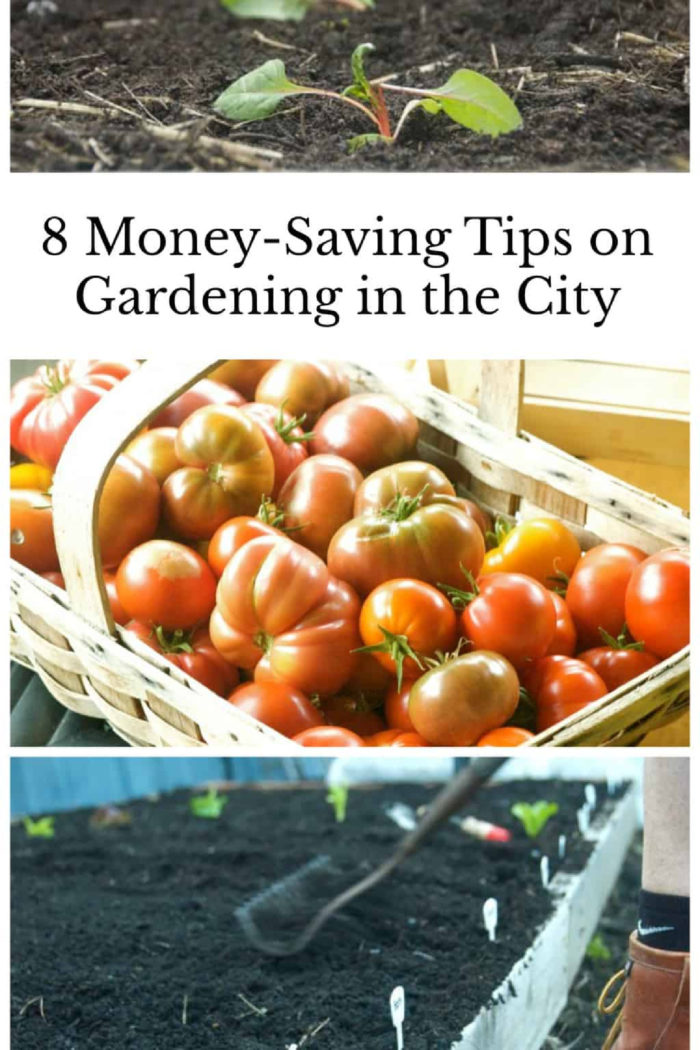
I’ve been putting off writing my garden post this week, not because I’m lacking inspiration, but because I’ve been so busy! But I will say this time of year is very exciting for me and my husband, as we plan out and start planting our garden. Today I’m sharing 8 Money-Saving Tips on Gardening in the City!
8 Money-Saving Tips on Gardening in the City
This year we have something new that has been sitting on our kitchen counter. We picked up this beauty on Craig’s List and, actually, it has changed gardening for us.
Read more: 8 Money-Saving Tips on Gardening in the City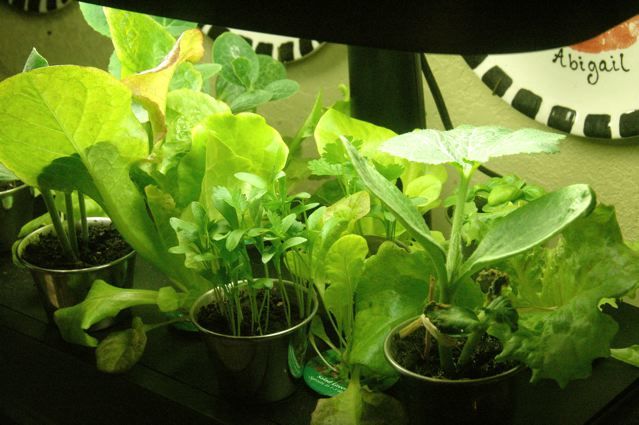
Aerogarden
Before I tell you about how we grow our own starts, I want to chat about some discussions that Paul and I have. Yes, we have our favorite veggies we love to grow each year–the standard tomatoes, lettuce, zucchini, beans, potatoes–you get the idea.
Each year we also like to branch out to try something new … like ground cherries. Talk about a unique conversation starter around the table as you serve up a platter of these nutty, vanilla-ish tasting treats! (My husband says they are the up and coming fruit.)
As I’ve written in my past 2 gardening posts, we’ve turned many of our flower beds in our back yard (on a city lot) into garden vegetable beds. Today I’m exploring why we grow what we grow, and also some money-saving thoughts on gardening.
8 Ways to Save Money by Growing your Own Vegetables

1. Plan out your garden space before you shop.
The easiest way to overspend at the garden store is to not have your garden mapped out with the number of plants or seeds you need to buy. Garden websites, like Territorial Seed, will help you plan out the space. We have found them to be very helpful and innovative.
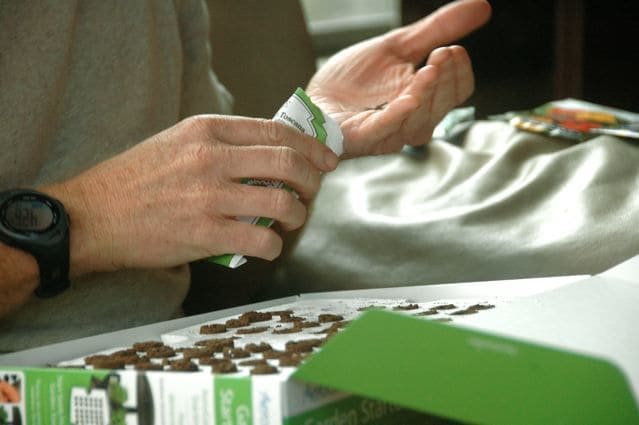
2. Think through your garden needs.
For example, garlic and corn simply are more effecient to buy in the store than to grow on a city lot. It’s all relevant, but corn and garlic take a ton of space and water, so think of what you could be growing in that space. Because of our friend Connie, who wrote the NEW Sonoma Diet book (you can enter to win a copy of her book!), we’re encouraged to try to grow peppers this year. For some reason we had difficulty getting our peppers to ripen in the past.
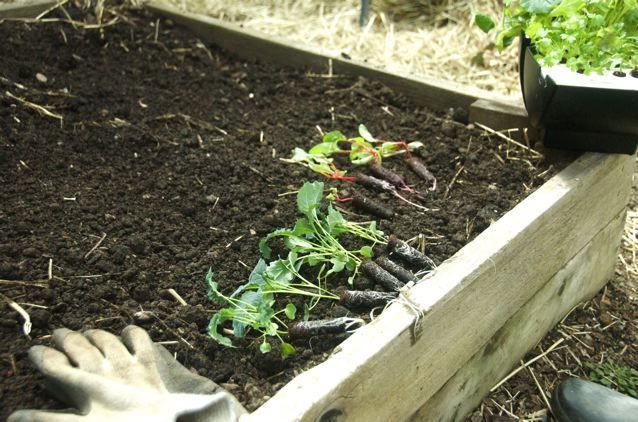
3. Grow what would be cheaper on your own, than to buy in the store.
For example, it’s cheaper to grow your own tomatoes than to buy them in the store. And especially lettuce and strawberries with this year’s problems in California, and besides, they taste much better. Onions, on the other hand, compete for space and sunlight, yet you can’t tell a huge difference of homegrown and store bought. We’ve opted to NOT use our city-lot space for onions.

4. Grow in your garden what your family likes to eat.
Plan your garden around the vegetables you will be cooking with and that your family will eat. We love beets, but our kids aren’t as fond as them. On the other hand they love my Zucchini noodles, so we plant a ton of zucchinis and other squashes. (This year I plan to post a few new canning recipes!)
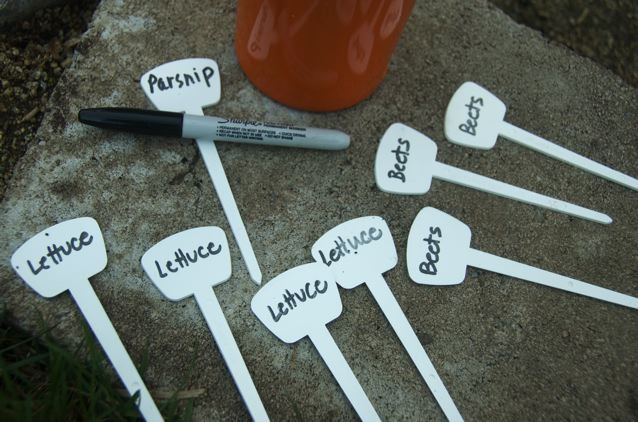
5. Grow what does well in your zone and grows well in your type of soil.
Don’t forget to save your coffee grounds for a richer compost (plant matter such as leaves, grass clippings, vegetable trimmings, egg shells, etc.). Compost does wonderful things for your garden’s soil. We also use a lot of straw (you’ll see it in pictures).
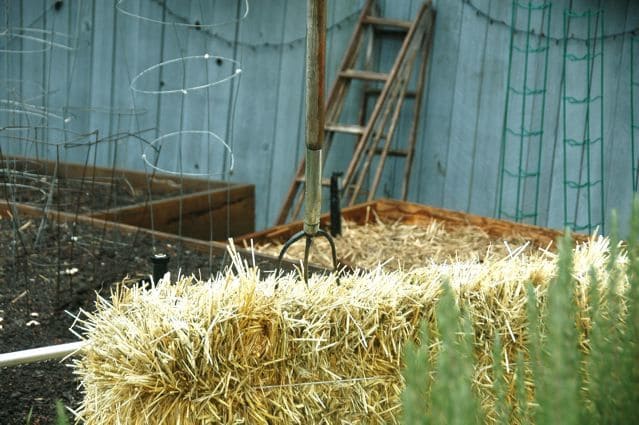
6. Start your own plant starters.
With our NEW Aerogarden, we’ve already saved a ton of money this year and it’s been an exciting process. Seeds are inexpensive, it just takes a little patience to get them “started” inside.
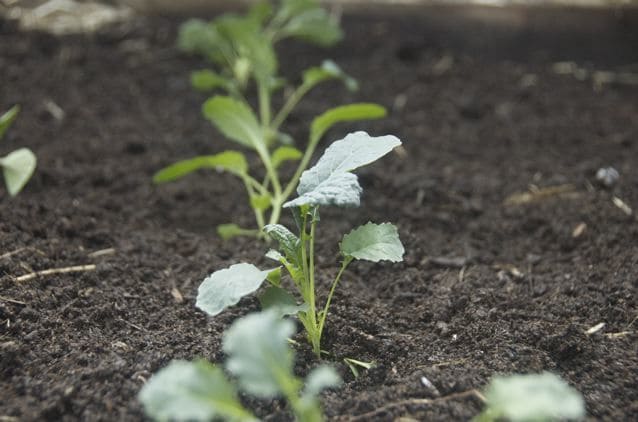
7. Plant your seeds or starters in succession.
Don’t plant crops such as lettuce all at once. Plant some every week or so that there is always a fresh crop ready to pick. You want to plant what you can harvest and eat or can, without having any go to waste.
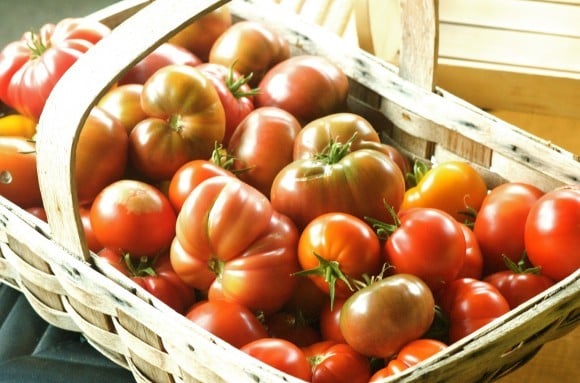
8. Plant according to the season.
Cool weather crops such as kale, swiss chard, and spinach don’t like the hot August heat. We just planted these last week.
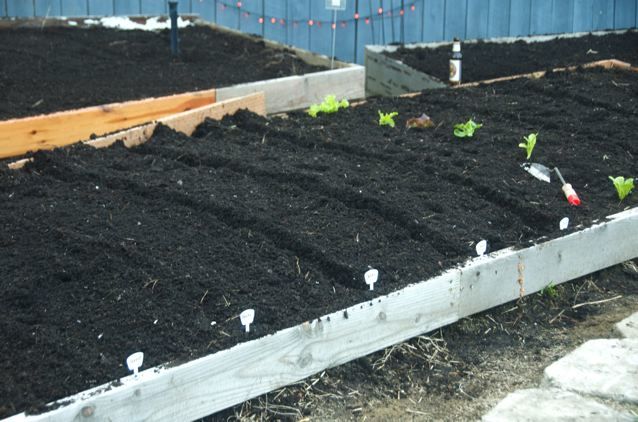
There’s no way around making mistakes with gardening. You’ll learn from year to year what works for you on your piece of property. The last few years we were looking forward to asparagus, but we didn’t plant it in the right soil. This year we’re devoting a new entire bed to it.
If you are planning a garden, what stage are you in right now?

More gardening posts you may want to check out:
- Amending the soil for raised beds
- Gardening and building raised beds
- Our Polycarbonate Greenhouse
- Raising Backyard Chickens in the City
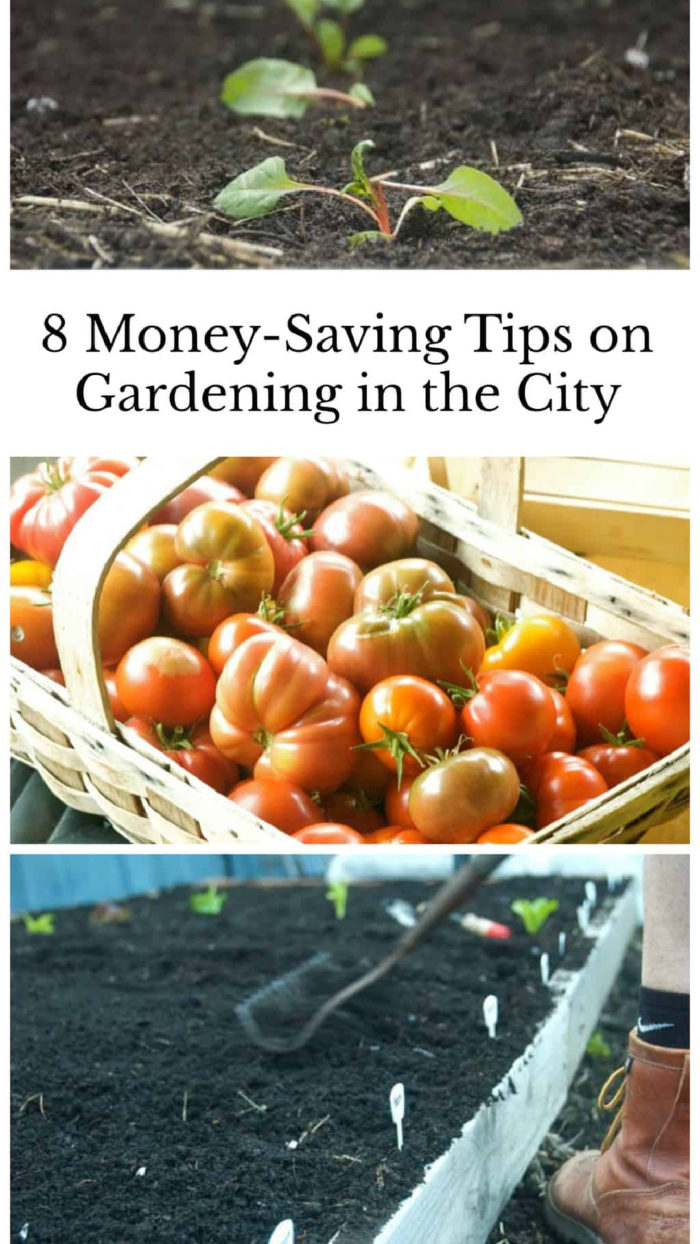

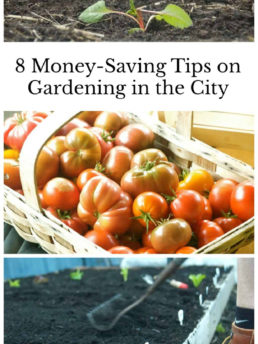
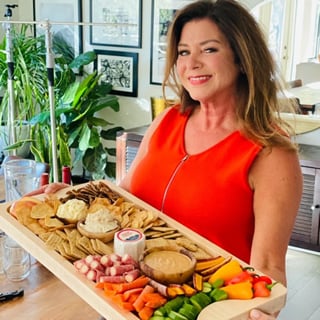


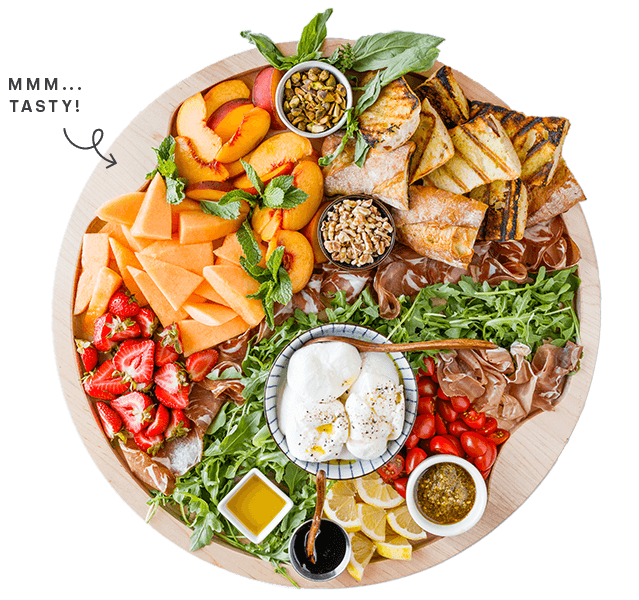
Pingback: The Switch – Getting Started | Where My Treasure Is
Its such as you read my thoughts! You seem to grasp a lot approximately this, like you wrote the e book
in it or something. I feel that you just could do with some p.
c. to pressure the message home a little bit, but instead of that, this
is excellent blog. An excellent read. I will certainly be back.
Pingback: Saturday on the Farm - Linda's Lunacy
Would love to know more about your experience with the Aerogarden! I garden in central Texas, and I admit I get a little discouraged when I see the progress of your beautiful Oregon garden – but I must bloom (and make things bloom) where God has “planted” me, so I keep my chin up and lavish love and attention on my little Texas garden! Thank you, Sandy!
Karen, the Aerogarden is very successful for starting from seed. After that you plant in the ground, so you’ll have to check out the zones and coordinate that with what you plant. We’ve grown herbs in the winter in the Aerogarden. Snip-snip. So yummy for winter salads! They also have a lot of info online. Hope that helps!
Pingback: Every Day Should be Earth Day | reluctantentertainer.com Reluctant Entertainer I Sandy Coughlin - Lifestyle, Entertaining, Food, Recipes, Hospitality and Gardening